Generating new sources of revenues is the primary concern of nonprofit executives and boards, with 24% to 36% of nonprofits operating deficits (Nonprofit Finance Fund). If a self-financing venture is carefully developed with the right process and tools, it can allow a nonprofit not only to diversify its funding sources and reach financial revenue goals, but also to dramatically improve organizational capacity and strengthen its mission and impact outcomes.
NESsT is partnering with TechChange to improve the financial sustainability of the nonprofit sector. Profits for Nonprofits will be offered through a series of free and paid on-demand courses, as well as higher level scheduled courses. Through TechChange's online platform, we will be able to increase accessibility of these strategies to small and mid-size nonprofits around the world.
Over the past 20 years, NESsT has worked with 14,000 organizations in 55 countries to develop earned-income strategies. We have found that many organizations struggle with similar issues, in particular, how to get started and follow a structured approach to carefully weigh the benefits and drawbacks of self-financing. For example, we recently came across a large, California-based international NGO with an annual budget of $50 million, 99% of which is raised from U.S. government sources. The organization’s leadership team and board are extremely sophisticated in terms of management experience and even business skills (many individuals among the leadership team and board come from the private sector). Nevertheless, while the organization has been thinking about self-financing for a few years, the process gets stuck in endless discussions among board and staff about why engage in self-financing and how to move forward.
La Morada: Successful Self-financing in Chile
NESsT worked with La Morada, a nonprofit organization that operates in Santiago, Chile, to increase its financial sustainability through self-financing. La Morada, established in the mid-nineties, is a center for advancing women's rights. An important program of La Morada is a psychological treatment clinic for low-income women, many of them victims of domestic violence. During its early years of operation, the Clinic became heavily reliant on donor funding. This funding began to dry up and the revenue and donor support the organization received was not enough to cover operating expenses.
With NESsT’s guidance and support, La Morada began the process of preparing and transforming the Clinic into a full-fledged self-financing venture. Within two years, La Morada was able to cover 91% of its operating expenses despite the fact that these expenses increased due to costs assumed by the Clinic from the parent organization.
NESsT worked with La Morada to integrate a fees-for-service model that extended their services from low-income women to higher income clients with fees calculated on a sliding scale based on income.
Prior to our intervention, some patients were charged for the service, most were not. Finding the right pricing strategy, that would be affordable to their clients, while meeting cost and revenue generation goals, posed difficult ethical dilemmas. For the nonprofit, it meant having to transform what was a social service program into a mission-driven business. NESsT provided support in developing policies that directly addressed staff concerns regarding mission or change in institutional practices.
By implementing strong controls and spending more time in the development of the staff, La Morada has ensured a more consistent service for its clients. Patients have increased 116% over two years, with the number of patients from low income levels remaining greater than those of middle income levels overall, which demonstrates that La Morada has been able to strengthen its social impact as a result of its social enterprise. The organization has never turned away a woman who was unable to pay even a small fee. In addition, the Clinic has developed a committed staff, improved financial systems, and enhanced financial self- sufficiency.
The financial viability of the Clinic is stronger due to increases in the average number of sessions per month, the average price paid per session, and space usage. Additionally, expenses are tracked more closely and several new contracts were signed with institutional partners, boosting the number of sessions provided at a higher price. The organization is now monitoring patient referrals as well as successful treatment completion, both of which are increasing. This data measures mission impact and has shown a successful track record which in turn has enhanced the efficiency of marketing efforts.
Profits for Nonprofits: Courses to increase financial sustainability
To scale up the support we provide to nonprofits around the world to develop self-financing ventures, we are launching Profits for Nonprofits, a series of online education courses for nonprofit executives on topics of financial sustainability and self-financing. In this very practical course, nonprofit leaders assess their organizational culture for developing earned revenues, set long-term goals, identify earned revenue ideas, and build their own business plans. Through the process, they access online content, receive hands-on individual coaching, and collaborate with a global cohort of nonprofit executives seeking to diversify their income streams.
We have received an enthusiastic response from nonprofit leaders and grant-makers about the value of the course to organizations of all sizes. We strongly believe that such resource is necessary to build the internal capacity of organizations to develop and manage a self-financing venture and that it greatly increases the likelihood of success.
There is indeed an uphill cultural battle in establishing earned-income revenues in a previously fully donor-supported nonprofit. Despite the difficult process, the end result will no doubt be worthwhile.


